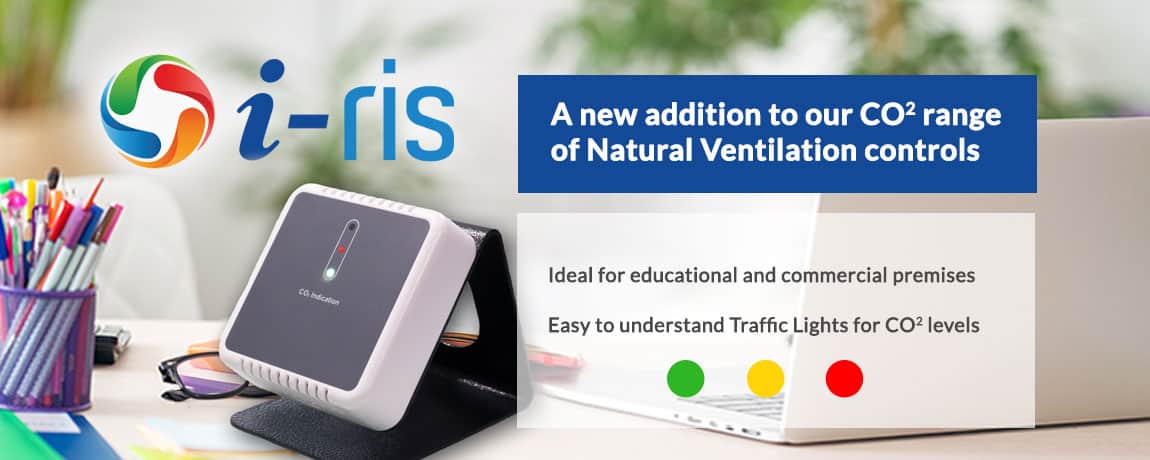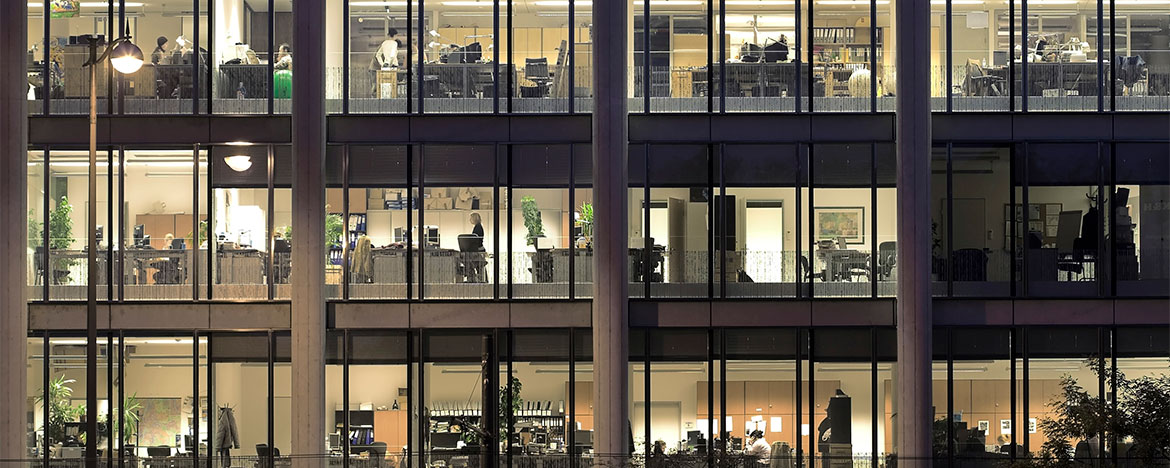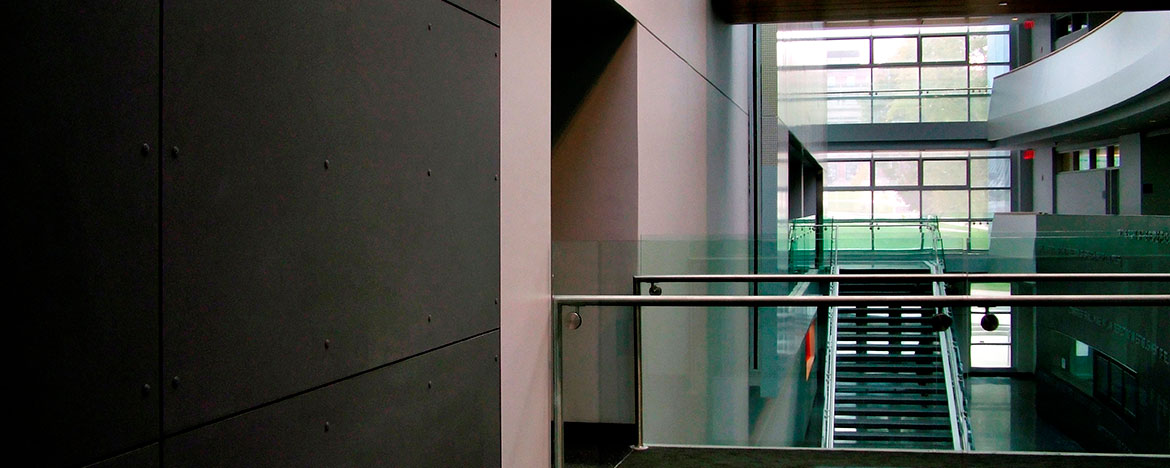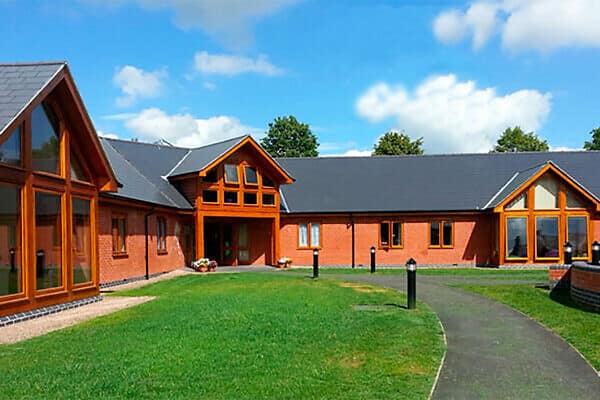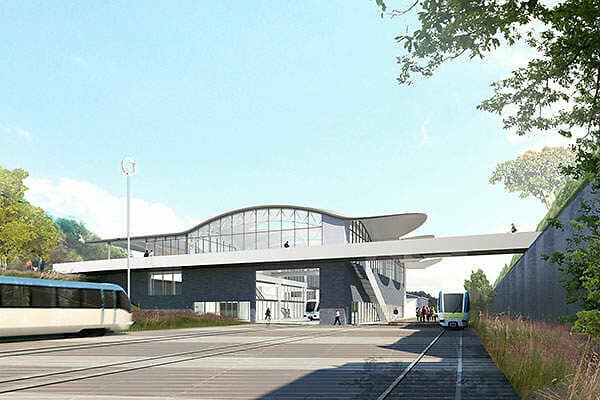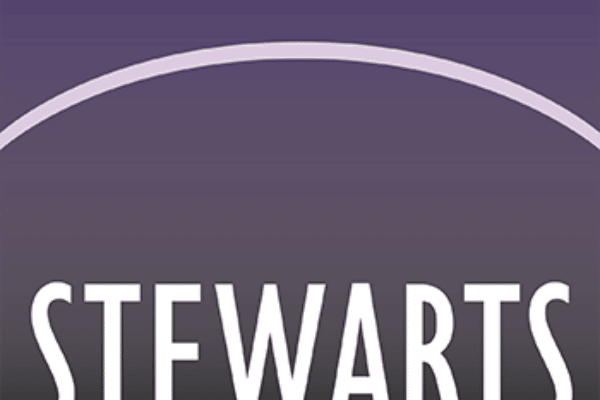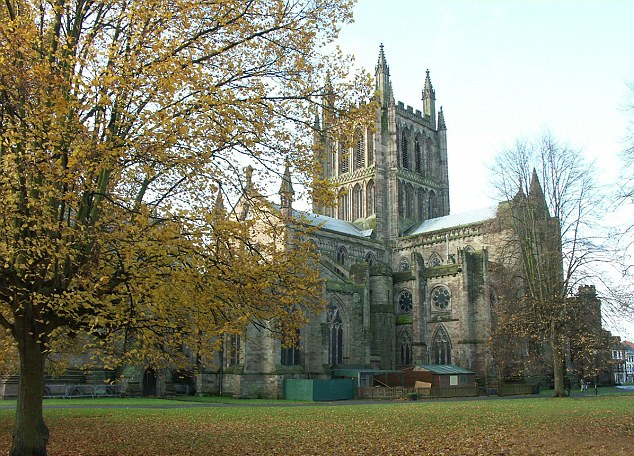
Hereford Cathedral is not only home to the Mappa Mundi – which records how thirteenth-century scholars interpreted the world in spiritual as well as geographical terms. Drawn on a single sheet of vellum (calf skin) the geographical material of the map is contained within a circle measuring 52″ in diameter and reflects the thinking of the medieval church with Jerusalem at the Centre of the World.
The Cathedral also houses a Chained Library – Chaining books was the most widespread and effective security system in European libraries from the middle ages to the eighteenth century, and Hereford Cathedral’s seventeenth-century Chained Library is the largest to survive with all its chains, rods and locks intact.
But most importantly the Cathedral is home to one of Britain’s most important and rarest document one of only four copies of the Magna Carta, which has just returned from being loaned and exhibited in the USA.
This summer marks 800 years since the signing of a document that would become a cornerstone of the British constitution: the Magna Carta.
The Great Charter of Liberties or Magna Carta agreed between King John and his barons on the 15th June 1215 at Runnymede on the banks of the River Thames, is one of the most famous documents in history.
It is considered the foundation of English common law and much of its world-wide importance lies in the interpretation of the clauses from which grew the right of the freedom of the individual or habeas corpus.
The charter agreed at Runnymede was only the beginning of the story. Magna Carta went through a number of revisions and reissues before being enshrined in English statute law in 1297.
The most significant revision of Magna Carta was issued by Henry III in 1217.
Hereford Cathedral is fortunate to possess one of these 1217 charters only four of which survive.
Housed in the Cathedral’s Library and Archives section, these irreplaceable books and documents need to be stored and protected in a sheltered environment that allows the public access to view the documents as part of the exhibition, but also protects them from any damage caused by too high or low a temperature or a moisture content.
Control of temperature and relative humidity is critical in the preservation of library and archived collections because unacceptable levels of these contribute significantly to the breakdown of materials. Extremely low relative humidity, which can occur in winter in centrally heated buildings, may lead to desiccation and embrittlement of some materials.
Clarkson Controls were responsible for designing and installing a full HVAC system for the Cathedral that included compensated heating to the office areas and Air Handling Units for the Chained library and the Archives rooms that house the Mappa Mundi and the Magna Carta. These AHU’s filter, cool, heat, humidify and dehumidify the air ensuring optimum conditions are maintained for the ongoing preservation of these rare and valuable documents.
The original Clarkson Controls system was installed in 1996 using Satchwell micro-net components, however, when the system was recently upgraded Clarkson Controls replaced it with the Elesta RCO range of BACnet Controller products, which by reusing sensors and valves offered a speedier and easier upgrade option—crucial in this instance.
The new BACnet control system is also web based and as such, trend logs of sensor readings are sent daily (in Excel form) via email direct to the Cathedral archivists for review and manipulation.
Any plant alarms or environmental conditions that are slightly out of tolerance are instantly diagnosed and automatically forwarded via email for action to be taken. The system is also viewable by Clarkson Controls at their headquarters in Worcestershire, in order to offer advice on any maintenance issues that may occur.
The Master Controllers of the Controlesta RCO 900 D-W series provides an integrated Web server solution for the dynamic visualization and operation of plant, data and alarms via the local Intranet or Internet. The Web pages are generated in a time efficient way through the simple conversion of the LCD graphical operator menu using the RCO programming tool. With the help of the Web browser every PC has the potential to become an operator terminal. The installation can be accessed at any time directly at the control panel using the LCD screen, via a local network or via the Internet. In a network comprising of several distributed Controllers only one web enabled Controller is necessary to provide web browsing to all controllers.

